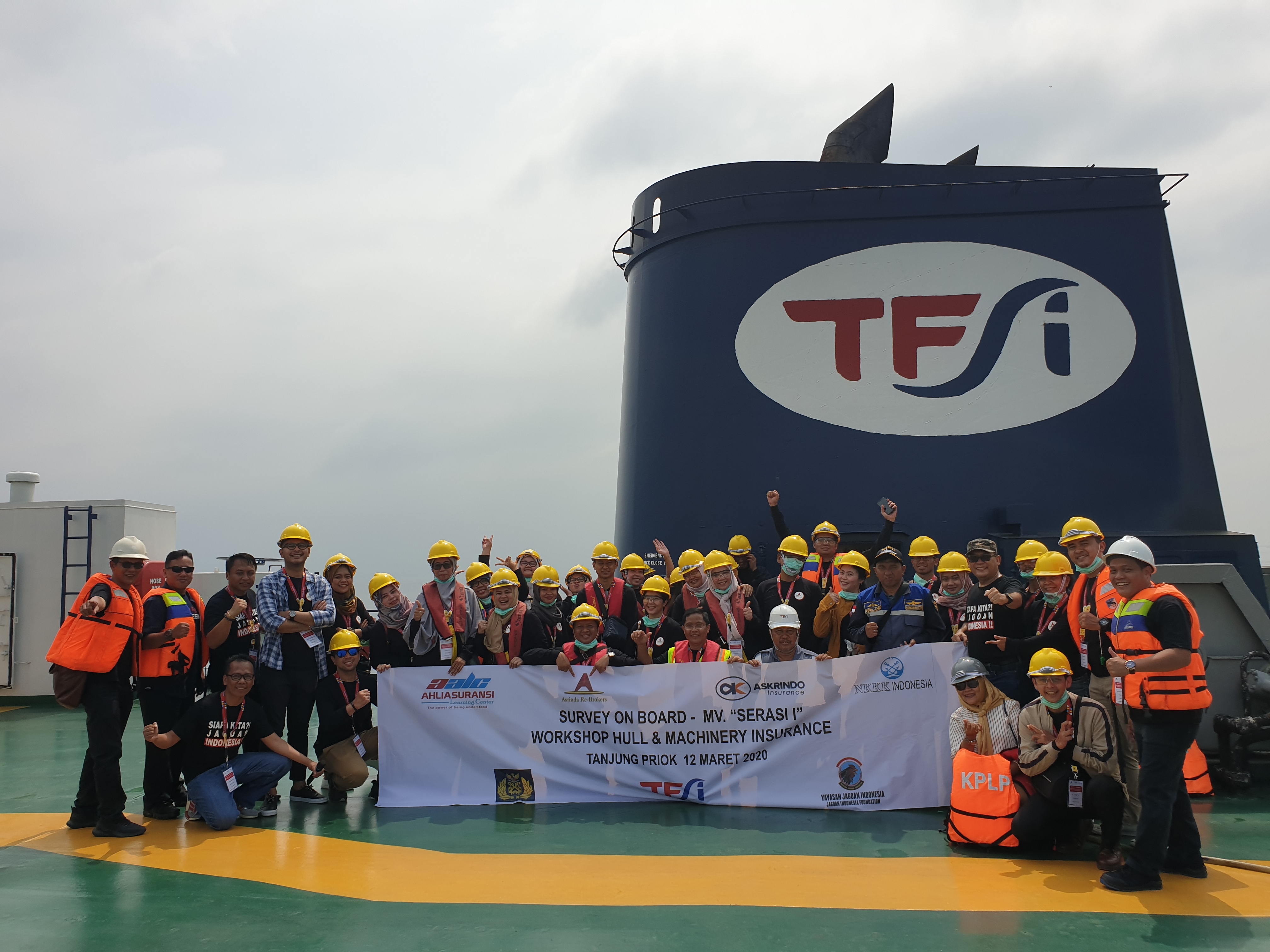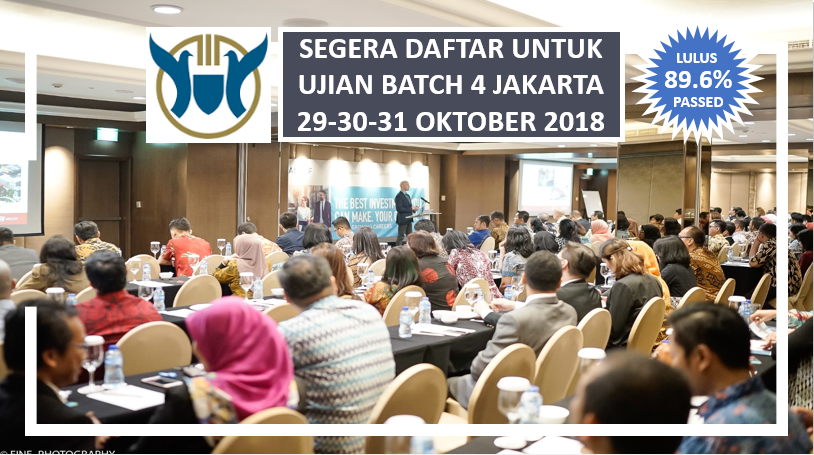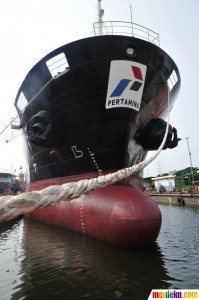What is the difference between Increase in Cost and Additional Increase in Cost of Working
- Saturday, January 9, 2016, 6:49
- Property Insurance
- Add a comment
Artikel yang sangat bagus untuk menjelaskan “Apa perbedaan antara Increase in Cost of Working (ICOW) v Additional Increase in Cost of Working (AICOW)” :
This is the most frequently asked question of our team. It comes up without fail at every training session and seminar.
Anyone in business knows that it is much easier and less expensive to look after and service an existing customer than to lose the customer and have to replace them. The insurance industry accepts this notion, and realises that in the event of an insured loss, it is, on the face of it better to incur some increased costs of working to minimise the period of disruption and/or the shortfall in Turnover during the period of disruption. In other words they allow the business to claim some additional expenses not normally incurred to retain its market share.
To provide different levels of protection most policies offer two forms of cover. These are discussed below under two headings:
• Increase in Cost of Working; and
• Additional Increased Cost of Working
To highlight the differences between the two options, we use the Insurance Council of Australia’s Industrial Special Risks (“ISR”) policy as a typical wording. Most policies have a very similar cover although some policies limit the extent of the Additional Increase in Cost of Working Cover. Where this happens we warn you on the Cover Calculator. Similar warnings are placed on the LMI Group’s PolicyComparison.com service.
With policies that offer weekly benefits rather than “annual” or “gross” cover the situation may be quite different to what is described here. Often such policies combine the two and do not provide any increased cost of working cover automatically. For example, Interruption Underwriting Agencies (IUA) combine the two covers along with others in Item 4 Lumped Extensions. The policies do not follow a standard form and so it is recommended that you read the policy you intend to insure under carefully in all cases where you wish to insure under a weekly benefit. Having said this, the following explanation will be of benefit to show the extent of cover that is available.
Increase in Cost of Working
When you declare a Declared Value and Limit of Liability under an ISR policy, (or sum insured under most business packs) you are selecting cover for loss of insurable gross profit.
Under the ISR this is referred to as Item 1(a) Loss of Gross Profit as a result of a Reduction in Turnover.
Sharing this same Declared Value (sum insured) is Item 1(b) Loss of Gross Profit as a result of Increase in Cost of Working.
What this means is that the insurer does not differentiate between a financial loss to the insured business as a result of a loss due to turnover having fallen due to an insured disruption or as a result of the business incurring increased expenditure. It will meet losses suffered by the business in either form or a combination of both up to the Limit of Liability.
How the Policy does this is best explained by way of an example. Let us assume that a business has sustained fire damage to a machine worth $150,000. It will take 6 weeks for the machine to be sent by sea from Italy, its place of manufacture. For every week that the insured business is without the machine it loses $10,000 in revenue. This reduction in turnover results in a loss of insured Gross Profit of $4,000. If the Insured were to airfreight the machine from Italy to Australia it would cost an additional $25,000 but would reduce the disruption to the business by 5 weeks.
Under the terms of the Material Damage section of the Policy, the insurer will replace the machine, subject to a test for the adequacy of insurance. Replacement not only covers the cost of buying the machine in Italy but transporting to the Insured’s premises and installing it. This claim will be based on the cost of sea freight, the most economical form of transport.
The owner of the business decides to pay the difference of $25,000 and air freight the machine to Australia and eliminate the 5 weeks time delay and thereby minimise the disruption to his customers.
To determine what is claimable under Item 1(b) Increase in Cost of Working we need to review the wording. This is reproduced below:
- “Item 1(b) [Loss of Gross Profit in Respect of an Increase in Cost of Working.]
- “The additional expenditure necessarily and reasonably incurred for the sole purpose of avoiding or diminishing the reduction in Turnover which, but for that expenditure, would have taken place during the Indemnity Period in consequence of the damage, but not exceeding the sum produced by applying the rate of gross profit to the amount of the reduction thereby avoided.”
The first issue to understand when considering whether an increased cost is recoverable under this section of the Policy is that the expense must be for the sole purpose of avoiding or diminishing the reduction in Turnover. In our case, the air freight was for the sole purpose of diminishing the reduction in Turnover as a result of the damage, and was successful in doing so.
Not all expenditure passes this test. An example that often arises is the employment of additional staff in the accounts department to catch up on issuing invoices and statements, and the collection from debtors. This may reduce the delay in the collection of revenue, but does nothing to reduce or avoid a reduction in Turnover. As such, the additional wages would not be covered under this wording. There is a wider cover readily available in the form of Additional Increased Cost of Working for this type of expense, and we address this later in this section. In our example case of the airfreight of the machine, the expenditure passes this first test.
The second test is known as the Economic Limit Test. In simple terms, it means that you cannot claim more as an Increased Cost of Working item than was saved by way of avoiding a claim for loss of insured Gross Profit.
We test this by comparing the expenditure incurred (here $25,000) to the loss of insured Gross Profit avoided. In this case it was $20,000 ($4,000 x 5 weeks).
This being the case the Insured is able to claim $20,000 as an Increase in Cost of Working. This test is based purely on a cost benefit analysis with the limit being the amount of insured Gross Profit saved.
Any amount not paid as an increased cost of working may be considered under the wider cover of Additional Increased Cost of Working, which we discuss later under the next sub-heading.
One final point needs to be made about Increased Cost of Working cover. Under the vast majority of ISR and business pack policies any amount payable as in Increase in Cost of Working claim is subject to the test for under insurance. If there is under insurance then the amount paid by the Insurer will be reduced in a proportion based on the terms of the under insurance clause.
Additional Increased Cost of Working
The cover provided by Additional Increased Cost of Working is much broader than that provided by Increase in Cost of Working as is clear from the following definition, which again has been taken from the ISR Mark IVwording.
- Item 4 [(Additional) Increased Cost of Working]
- “The insurance under this item is limited to increase in cost of working (not otherwise recoverable hereunder) necessarily and reasonably incurred during the Indemnity Period in consequence of the damage for the purpose of avoiding or diminishing reduction in Turnover and/or resuming and/or maintaining normal business operations and/or services.”
This wider cover allows increased costs that maintain the business or service, but which do not necessarily reduce or avoid a Loss of Turnover during the Indemnity Period. For example, with the example of an Insured employing additional accounting staff to ensure debt collection is maintained at the normal rate then this would now be covered under the Policy. In other words there is no “sole purpose” test.
Further, the Additional Increase in Cost of Working cover is not subject to the Economic Limit Test, which can be a great advantage, particularly if the expenditure ensures the retention of customers well after the expiration of the Indemnity Period. The costs, however, must be reasonable and incurred in consequence of the damage.
In the example of the Insured that air freighted the machine out from Italy, if this company demonstrated that it was a prudent course of action for the business to take and that they would have met the expenditure even if they were not insured, then the Insurer would meet the difference between the amount incurred of $25,000 and the amount paid as an Increase in Cost of Working Item. $20,000.
From experience we find this to be a very valuable cover. It allows an insured to make quicker decisions as they do not have to justify expenditure before incurring it. If it is prudent and reasonable then it should be covered by the Policy.
One final benefit is that the Additional Increased Cost of Working cover is not subject to any adjustment for under-insurance. In all policies where you can insure for it, the sub-limit or sum insured is a first loss limit.. However, it is important that the cover is adequate to allow the businessperson to take all reasonable steps to protect their business during the period of the crisis.
The inclusion of Additional Increased Cost of Working cover can, in some policies, assist in recovering the portion of the under-insured loss of an Increase in Cost of Working caused by under insurance. But please understand that the primary purpose of Additional Increased Cost of Working cover is not as a backstop for under-insurance, but rather as an extra cover in its own right for the reasons described above. Adequate insurance on both Gross Profit and Additional Increased Cost of Working is strongly recommended.
Besides air freighting, Additional Increased Cost of Working has been used to fund:
- Additional rent for temporary premises
- Outsourcing of manufacture to a competitor or contract manufacturer
- An advertising campaign to win back lost or disgruntled customers
- The hire of temporary plant and or equipment
- Overtime payment to staff
- The temporary employment of additional staff
This is just a short list that immediately comes to mind. It is really an invaluable cover that every Insured should have.
Additional Increased Cost of Working Cover only
Some Insureds believe that they do not require full business interruption insurance as they will not lose any sales but may incur some additional expenses to maintain sales and customer service. This may be true for some service companies. They claim that they can quickly relocate or have their staff work from home. If this is true then this cover, purchased as a stand alone cover may be appropriate.
We would certainly not recommend this for a manufacturer or retailer. In most cases, it is found that the cover does not adequately indemnify a wholesaler.
If the office or service risk involves specialised equipment such as a dentist, again we would recommend the business take out full business interruption cover.
A word of warning. When it came to major events such as For example, the interruption of a public utility many not cause any damage to property but could result in a significant loss of insurable Gross Income as we saw with the Longford Gas Crisis in Victoria, which cost industry $1,300 million, and the Mercury Power Crisis in Auckland and countless similar events across Australia and the world, that businesses that thought that they only needed Additional Increased Cost of Working found that they did lose significant revenue and therefore insurable Gross Profit that they did not expect that they would.
Before making the decision, the business owner is strongly encouraged to discuss the pros and cons with your insurance broker or adviser.
Sub-Limiting Increase in Cost of Working and Additional Increased Cost of Working on a ISR Policy
Now that we have gone through the cover, we wish to provide commentary on the increasing tendency of sub-limiting Increase in Cost of Working on an ISR policy.
As has been just described, the cover is quite valuable to an Insured in that it allows them to incur costs that maintain sales and thereby protect the survival of the business. It has been designed so that the Sub-Limit for Gross Profit is shared fully with the Increase in Cost of Working cover. It should always be borne in mind that there is a Policy Condition that requires the Insured to minimise any disruption. As such it could be argued that an Insurer would prefer to pay out an Increase in Cost of Working claim rather than a claim for Loss of Gross Profit due to a reduction in Turnover. From the business owner’s perspective it is certainly better as it usually means they have retained their customer.
Item 4 known in the Industry as (Additional) Increase in Cost of Working needs to be Sub-Limited but should be shown as Item 4 (Additional) Increased Cost of Working to avoid confusion.
Not withstanding all of this there is an increasing tendency for some insurance advisers to Sub-Limit Increased Cost of Working. This is clearly poor practice and should be avoided wherever possible. For a more detailed explanation and a discussion on how the mistake has come about refer Understanding the ISR Policy by Manning, 2006.
Conclusion
This is one of those areas of the business interruption cover that is quite complex. The overview provided above has been given to give you a good grasp of the cover. The points to take away are:
Increase in Cost of Working should never be sub-limited.
Increase in Cost of Working Cover is subject to 2 main tests, the “Sole Purpose” and “Economic Limit” tests and is also subject to average.
Every policy should have some coverage for Additional Increased Cost of Working.
While Additional Increased Cost of Working only cover does have it place its use should be carefully discussed with your insurance broker or adviser.
To understand it more, particularly in a claim situation please read Understanding the ISR Policy (Manning, 2006) Volume 1, Section 8.1.1(b) pages 152-157.
References:
Business Interruption Insurance and Claims – A Practical Guide (Manning, 2005)
Understanding the ISR Policy (Manning, 2006)
Copied from original article published by LMI Group for your happy reading.
Should you have any inquiry please give me a call at +628128079130 or email at imusjab@gmail.com
About the Author
Write a Comment
Gravatars are small images that can show your personality. You can get your gravatar for free today!







